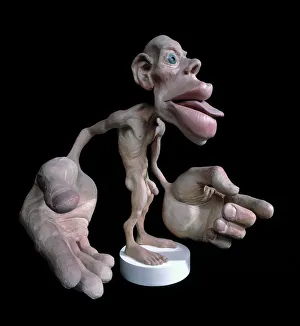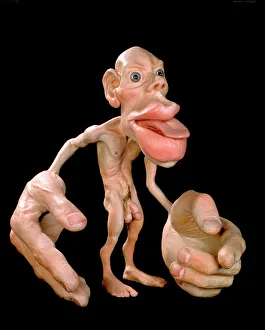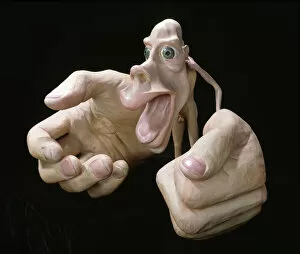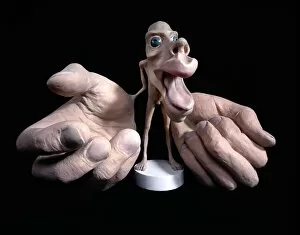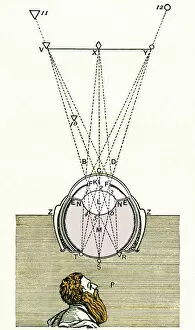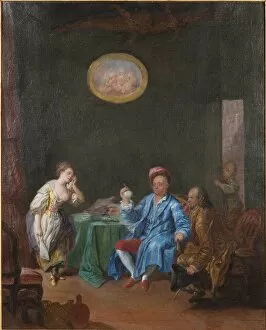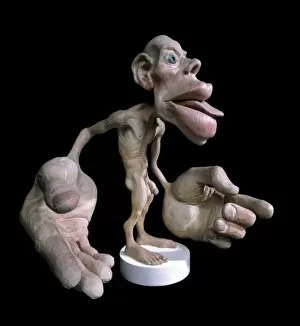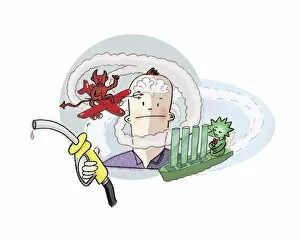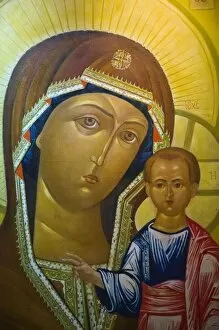Homunculus Collection
The concept of the homunculus has fascinated scientists, philosophers, and artists throughout history
All Professionally Made to Order for Quick Shipping
The concept of the homunculus has fascinated scientists, philosophers, and artists throughout history. In the realm of neuroscience, it is represented by two distinct entities: the sensory homunculus and the motor homunculus. The sensory a visual representation of how our brain perceives different parts of our body. It illustrates that certain areas, like our hands or face, have more neural connections than others. This map-like depiction helps us understand why some body parts are more sensitive to touch or pain. Similarly, the motor homunculus showcases how our brain controls movement in different regions of our body. It reveals that certain areas, such as those responsible for fine motor skills like writing or playing an instrument, have larger representations in our brain compared to other areas. These concepts can be traced back to René Descartes' optics theory from the 17th century. His ideas about perception and vision laid the foundation for understanding how we interpret sensory information. Artists also found inspiration in this peculiar notion. Lucian's Strange Creatures lithograph depicted fantastical beings with distorted proportions resembling humanoids - perhaps a nod to early interpretations of the homunculus. Intriguingly, there were even depictions suggesting that tiny creatures could exist within human sperm cells. Woodcuts from Niklass Hartsoeker's Essay de Dioptrique showcased a microscopic world where miniature humans thrived inside these reproductive cells. The fascination with creating life artificially was not limited to art alone; it extended into popular culture as well. The engraving "Hudibras beats Sidrophel and his man Whacum" portrayed Joseph Balsamo attempting to create a Homunculus in his cabinet before being confronted by Hudibras himself. Even though these depictions may seem far-fetched today, they reflect humanity's enduring curiosity about creation and existence itself. The concept of the homunculus continues to captivate our imagination, reminding us of the intricate relationship between mind and body.

